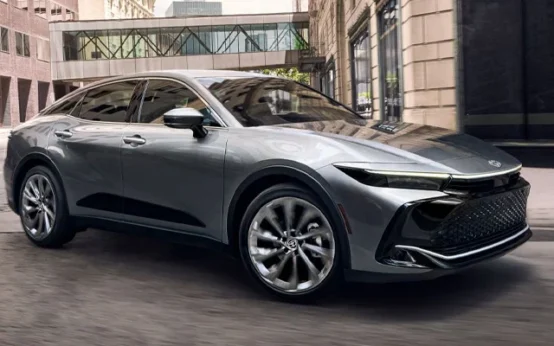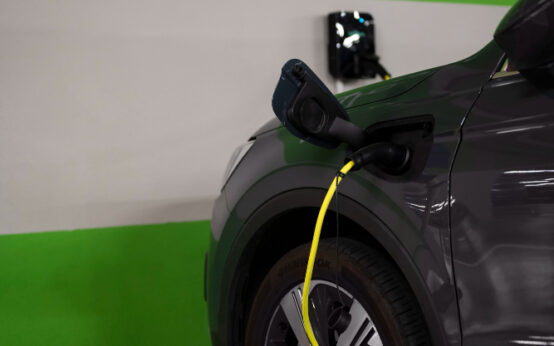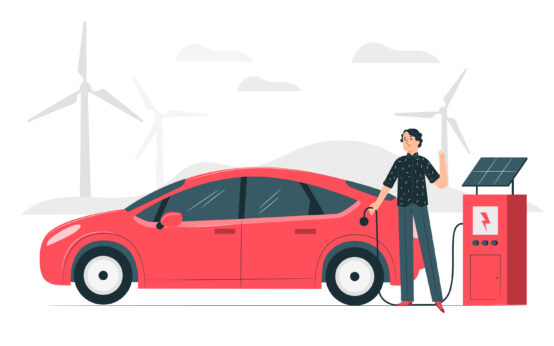Introduction
Welcome to the world of electric vehicles! As more and more people make the switch to electric cars, it’s important to have a guide that can help first-time EV owners navigate the transition. In this practical guide, we’ll cover everything you need to know about owning an electric vehicle, from charging options to maintenance tips. Let’s get started!
Understanding Range and Charging
One of the first things you’ll notice when you start driving an electric vehicle is the range. Unlike traditional gasoline cars, EVs run on battery power, which means they have a limited range. It’s important to understand your vehicle’s range and plan your trips accordingly. Most electric cars today have a range of around 200-300 miles, but this can vary depending on the model.
When it comes to charging, there are a few options available. The most common is home charging, where you can plug your car into a standard electrical outlet or install a dedicated charging station. This is convenient and allows you to start each day with a full charge. Public charging stations are also becoming more common, making it easier to charge your car on the go. Additionally, some workplaces and shopping centers offer charging stations for their customers.
Choosing the Right Charging Equipment
When it comes to home charging, you’ll need to choose the right equipment for your needs. There are two main types of chargers: Level 1 and Level 2. Level 1 chargers use a standard 120-volt outlet and are slower, typically adding around 4-5 miles of range per hour. Level 2 chargers, on the other hand, require a 240-volt outlet and can add around 25-30 miles of range per hour. If you have a longer daily commute or plan to take longer trips, a Level 2 charger may be a better option.
It’s also important to consider the charging connector type. Most electric vehicles use a standard connector called the J1772, but some models, like Teslas, use a proprietary connector. Make sure to check which connector your vehicle requires and choose a charger that is compatible.
Maintaining Your Electric Vehicle
Maintaining an electric vehicle is generally easier and cheaper compared to a gasoline car. With fewer moving parts, there is less to maintain and repair. However, there are still a few things you should keep in mind. Regularly check your tire pressure, as properly inflated tires can help maximize your range. Keep an eye on your battery health and follow any recommended maintenance schedules provided by the manufacturer.
Another important aspect of maintaining your EV is keeping it clean. Regularly washing and waxing your car not only keeps it looking good but also helps with aerodynamics, improving efficiency and range.
Understanding EV Incentives and Rebates
Transitioning to an electric vehicle can come with some financial benefits. Many governments and utility companies offer incentives and rebates to encourage EV adoption. These can include tax credits, discounted electricity rates, or even cash rebates. Make sure to research the incentives available in your area to take full advantage of the savings.
Conclusion
Transitioning to an electric vehicle is an exciting step towards a greener future. By understanding the range and charging options, choosing the right equipment, and maintaining your EV properly, you’ll be well-prepared to enjoy the benefits of electric driving. Don’t forget to explore the incentives and rebates available in your area to maximize your savings. Happy driving!



 Is the 2025 Toyota Crown worth $41,440?
Is the 2025 Toyota Crown worth $41,440?  Alternative Solutions for Electric Vehicle Battery Anxiety during Long Trips
Alternative Solutions for Electric Vehicle Battery Anxiety during Long Trips  Government Incentives and Policies: How They’re Driving the Electric Vehicle Market
Government Incentives and Policies: How They’re Driving the Electric Vehicle Market  Range Anxiety No More: Understanding and Extending Electric Vehicle Range
Range Anxiety No More: Understanding and Extending Electric Vehicle Range  Breaking Down the Benefits: Why Electric Vehicles Are the Future of Transportation
Breaking Down the Benefits: Why Electric Vehicles Are the Future of Transportation  The EV Revolution: How Electric Vehicles Are Reshaping the Automotive Industry
The EV Revolution: How Electric Vehicles Are Reshaping the Automotive Industry  DeFi’s Hurdles: Security, Scalability & Regulation
DeFi’s Hurdles: Security, Scalability & Regulation  How to Read a Crypto Whitepaper: A Beginner’s Guide
How to Read a Crypto Whitepaper: A Beginner’s Guide  Find Undervalued NFT Projects: A Complete Guide
Find Undervalued NFT Projects: A Complete Guide  Blockchain Consensus Mechanisms Explained (PoW vs. PoS)
Blockchain Consensus Mechanisms Explained (PoW vs. PoS)  NFTs & Music: Empowering Artists in the Digital Age
NFTs & Music: Empowering Artists in the Digital Age  Trader’s Psychology: Master Fear & Greed in Markets
Trader’s Psychology: Master Fear & Greed in Markets